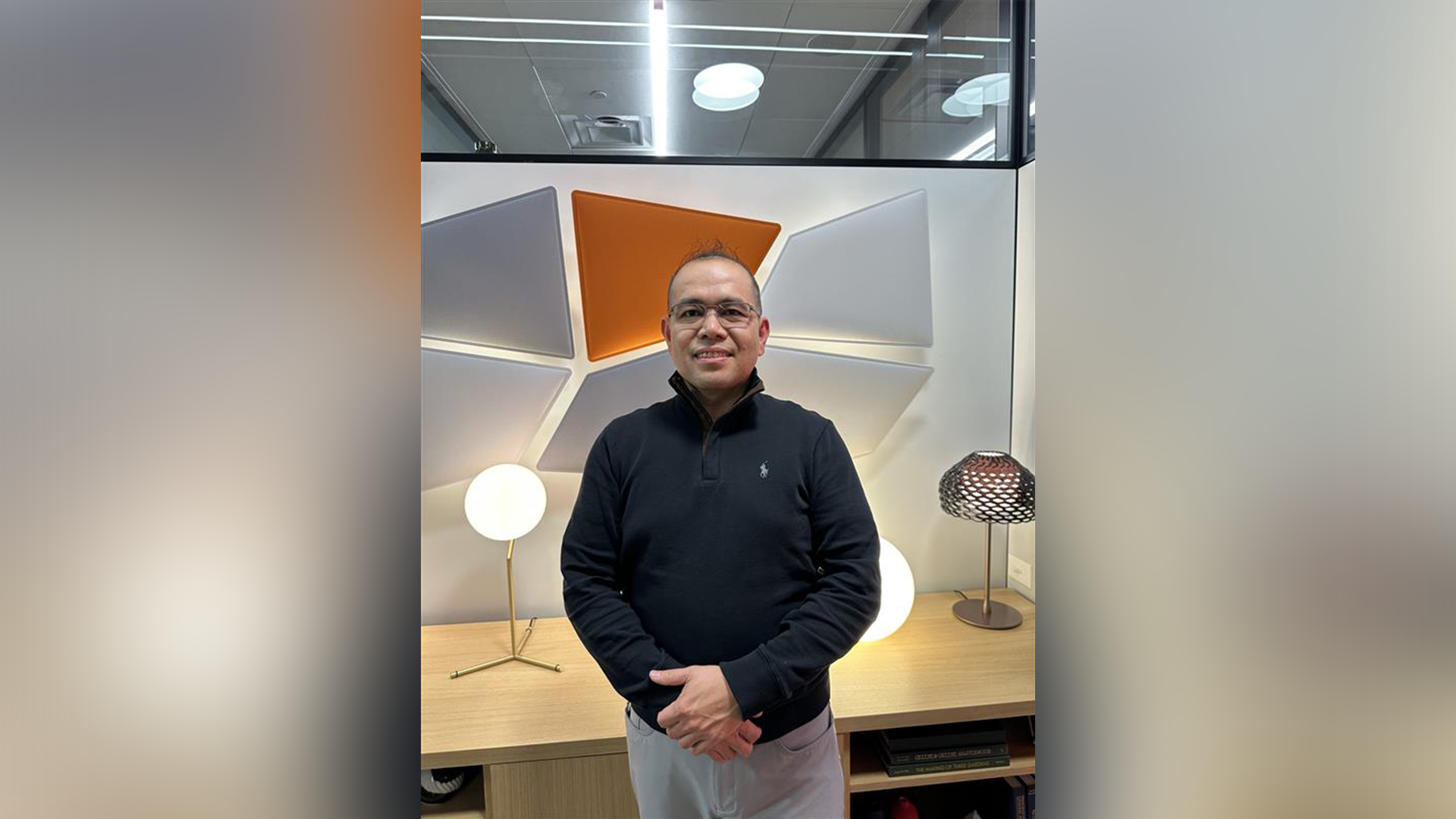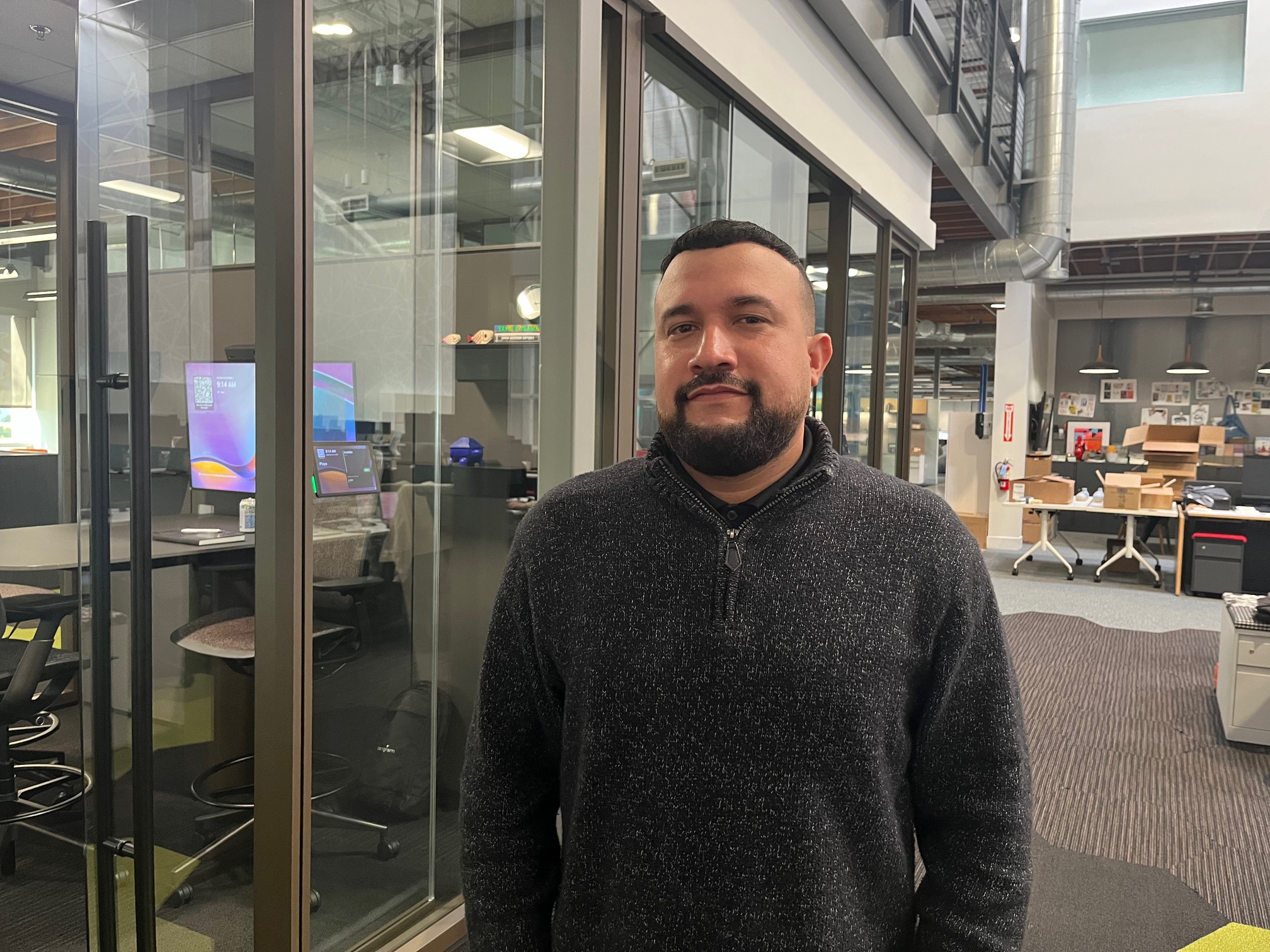HyFlex Classrooms: Everything You Need to Know

Originally Published on StemAudio.com
Due to the COVID-19 pandemic, many schools were left closed for the spring semester and had to quickly move courses online for the remainder of the school year. With the fall semester here, schools are looking at a variety of options to accommodate students and teachers with a range of learning experiences. Some of the most popular course models that schools are offering for Fall 2021 include continued distance learning or fully online classes, as well as a new “HyFlex” format.
What is HyFlex Teaching?
The “HyFlex” or hybrid flexible course model combines elements of a hybrid learning course with a more flexible structure. This new instructional format gives students the option to attend class meetings in person, online, or a combination of both.
What Are the Benefits of HyFlex Teaching?
Having a HyFlex-enabled classroom offers a variety of benefits for students, staff, and schools. One benefit of this teaching model is that it allows for students to adhere to social distancing guidelines. With students having the option to choose their instruction model, there will be overall lower in-person attendance rates (with the exception of an initial period of students being allowed back in class after months without in-person instruction) and schools can still maintain similar class sizes. Students who want to participate in class in-person will also see an improvement in their mental health since they have gone so long without face-to-face interaction with their classmates.
Another benefit of the HyFlex format is that it increases student engagement. When courses are fully online with no set meeting dates, students are minimally engaged in the coursework. By adding HyFlex courses, students and instructors will be more engaged and interactive since there will be more human connection beyond simply watching a recorded lecture. With fewer students attending in-person courses, instructors have the potential to give more support to the students who need additional help.
HyFlex really opens up options for greater opportunity for learning and connection. We all know everyone learns differently; some need more personal attention, some like to work independently. By giving the option of being with the teacher, at home, or even having a teacher be able to be remote gives all of those opportunities. -Joe Way, USC Director of Learning Environments
HyFlex instruction gives students more control of their learning experience by giving them the freedom to select their instructional method so they can have more of a choice in how they are learning. It also expands opportunities to experience guest lecturers and speakers through the use of video conferencing. “With the pandemic, we know safety has to be the first priority. HyFlex allows students and faculty to return to normalcy at their own pace, and as they feel comfortable. At USC we’re also seeing creative ways of using hybrid teaching, for example by allowing guest lecturers to join the conversation, which before wouldn’t be as possible due to travel costs,” says Way.
Who's Doing It?
With things changing on a day to day basis, it’s difficult for anyone to predict what the plan will be a week or even a month from now as the curve continues to fluctuate. Way explains, “We were lucky to already know what we were going to do; others had to scramble. Higher ed traditionally moves slow, while stock was drying up, and installation labor was tough to get on short notice. The technology is actually the easy part. Having to take a year’s worth of design, procurement, installation, and user training & socialization work and compress it into a few months, at scale, is the tough part. Overall higher ed has done a great job of it; however, we are overwhelmingly ready to support the students and faculty for whatever the fall semester looks like.”
Many other higher education institutions are also finding themselves needing to prepare their classrooms on campus to be outfitted for HyFlex courses for the upcoming semester including the University of San Diego, Texas A&M, Chapman University, Louisiana State University, University of North Carolina- Chapel Hill. To help with a smooth transition, the schools' IT departments could consider making a guide on what’s in the classroom and how to use it.
HyFlex spaces are the future of work and education and will extend well beyond our current situation. The benefits for remote participants in other offices or locations, for distance learning, and for recording meetings and discussions are far reaching and will provide value well beyond current restrictions on occupancy and gatherings. -Amber Jones, Tangram Vice President, Sales + Education
Example HyFlex Classroom Configurations



What Do You Need to Get Your Classroom HyFlex Ready?
An Intuitive Video Conferencing Platform
Of course, to conduct a HyFlex course, you need reliable video conferencing software. Your hardware products should all be able to connect and perform flawlessly with these programs. It’s also important to look at a conferencing platform that has some integrations with your learning management software. When comparing platforms, you should look for a platform that will allow instructors to screen share, annotate, record, and whatever else an instructor may need to do during a HyFlex course so that those who are participating online can be engaged or watch the lecture back at a later time. Our recommendations for conferencing platforms are Zoom, Microsoft Teams, and Google Meet.
A Scalable Audio Solution
It’s crucial to have a solution that will be easy for instructors to learn and use that won’t disrupt the flow of the class. You not only need audio that’s reliable but scalable to fit in rooms of all shapes and sizes. Our recommendation for a complete audio solution: Stem Audio
A Reliable Conferencing Camera
When choosing a camera for a HyFlex classroom it’s important to identify the requirements it needs to meet. For example, if you need to capture a certain field of view, you’ll need pre-sets or zoom capabilities. Some higher education institutions use dual cameras with a larger field of view and zoom to capture the classroom from the back to show the front of the class and another to show the view of the students. We recommend: AVer CAM 520 PRO or PTZ Optics 30X CAM.
Added Extra Interaction
Another (optional) element to add to the classroom is an interactive board. Interactive boards are useful for increasing engagement for those who are in class and online students. Students who are participating online can see how the instructor or how other students break down problems or discuss material on the boards, and the instructor can easily save the notes and share them with the class. Our recommendation for interactive boards: SMART Board, NEC Display Infinity Board, and Google Jam Board.
The use of video conferencing has opened up a lot of doors in education and all around the world as we have gotten used to the idea of virtual participation. It’s become clear that alternative educational experiences are here to stay and schools will need to prepare their classrooms with flexible solutions that will help provide a smooth transition for these alternative teaching methods to be effective.














